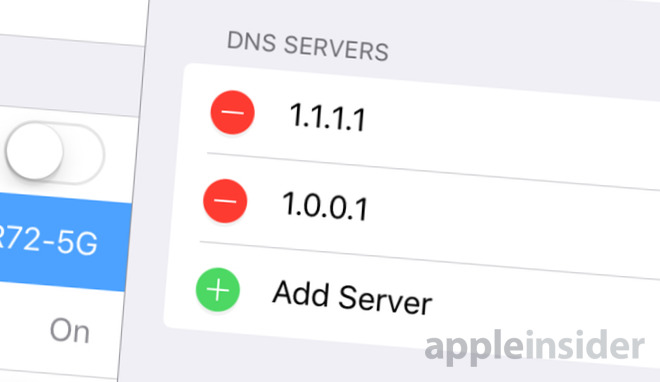1) Mac OS X uses lookupd to cache all sorts of query results, including DNS results. The second time you request a web page, your mac will not initiate DNS requests that it did the first time. This is observable with tcpdump. How to Clear DNS Cache on Mac OS X in 1 Minutes There is no direct one-click way to delete this cache in the system and you need to use a command to get it done right. These resolved DNS queries are kept as local cache and its a good practice to flush them to clear the DNS clog. You can reset and clear DNS cache in macOS Big Sur to fix most DNS issues that you might be facing. The method mentioned in the article works for Mac OS Big Sur 15, and even on macOS Big Sur. If you face any issues with the commands I mentioned, feel free to let me know in the comments section down below. Not available for Mac OS X; Conclusion. DNS Jumper is the perfect freeware solution created to speed up internet access, secure daily Web surfing both for you and for your children, and regain access to until now blocked websites. Download it from here (DnsJumper.zip – 520KB). Mar 21, 2019; Follow these simple steps to change DNS in Mac OS X and secure your VPN connection. Step #1: Left click on “Apple Logo' and select 'System Preferences' Step #2: Then select “Network' as shown in the Internet & wireless.
Follow these simple steps to change DNS in Mac OS X and secure your VPN connection.
Step #1: Left click on “Apple Logo' and select 'System Preferences'Step #2: Then select “Network' as shown in the Internet & wireless.
 Step #3: Now depending upon themac os x connection type you are using either 'wifi' or 'ethernet' select it then select
Step #3: Now depending upon themac os x connection type you are using either 'wifi' or 'ethernet' select it then select  'Advanced' from the bottom of the same window.
'Advanced' from the bottom of the same window. Step #4: Select 'DNS' and Now select the '+' button to add a DNS address:
Once you are done press “OK”
You can also choose from the DNS given below for DNS switching.
Google DNS
Dns Jumper Mac Os X 10.8
If you want to use Google DNS servers, you can add the choose from these two.
• 8.8.8.8
Dns Jumper Mac Os X 10.10
• 8.8.4.4
OpenDNS
You can also use OpenDNS instead, which has extra features, you can choose from these two.
Dns Jumper Mac Os X 10.13
• 208.67.222.222
• 208.67.220.220
That all you are done with this; these are all the steps you want to do one by one to change your DNS for Mac OS x
If you've got a speedy internet connection at home, but it seems slow, it's possible its' not the connection itself but the speed of your chosen DNS server.

To figure out if the DNS servers are part of the problem, check out namebench, a DNS server benchmarking app. namebench compares your existing DNS servers to a large list of other DNS servers, and shows you how they all perform.
When namebench launches, you'll see a window populated with your current DNS server addresses, and a few other settings you can modify:
Click Start, then go ahead and find something else to do for a while—the benchmarking process may take 15 minutes or more, depending on how many name servers it can see.
macOS High Sierra update:While the app still runs in High Sierra, you won't see any output. However, thanks to commenter Marc K., you can still see the output once it's done. Open Terminal and paste this command:
This will open the results page in your browser—including the below-referenced eye candy—so you can compare the various DNS that were analyzed. Thanks Marc!
After namebench has done its thing, your browser will open showing a page with results, including some 'eye candy' charts like this one...
The report may tell you your current DNS is the fastest, or it may have recommendations for other servers. Note: You may also see lots of scary messages about a DNS being hijacked; you really don't need to worry about these. (CHeck the FAQ for answers about hijacking, and anything else in the output).
namebench can also be built from source, so you could use it in Terminal, but I haven't tried that. It's not new code—the latest version (1.3.1) is from 2010. However, it seems to run fine in Sierra (and Mavericks before that). If you're curious about your DNS servers, I haven't found a better tool than namebench to investigate their performance.